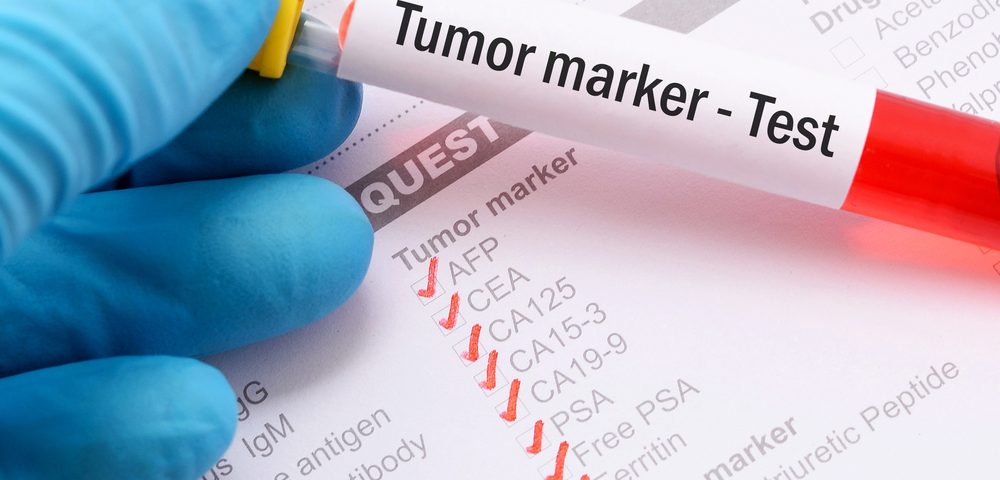Researchers suggest that a cell surface molecule called CD44, and its interaction with a protein called hyaluronan, might be used as diagnostic biomarkers in malignant pleural mesothelioma, with the possibility to speed up the diagnosis of this difficult-to-treat cancer.
Since the diagnosis of mesothelioma is a slow process that relies on the use of invasive tissue biopsies, the development of markers that aid diagnosis might make earlier treatment possible.
In the study, “CD44 and its ligand hyaluronan as potential biomarkers in malignant pleural mesothelioma: evidence and perspectives,” researchers at University Hospital Berne in Switzerland reviewed the evidence supporting the suitability of the two molecules as mesothelioma markers. The study was published in the journal Respiratory Research.
CD44 is a molecule found on the surface of many cancer cells. It is involved in the process by which a cell can adhere to other cells or surfaces. Having this feature makes it a crucial factor in cell expansion and survival, and so, cancer growth. CD44 is also a receptor which mainly binds a protein called hyaluronan.
Studies show that CD44 on normal cells is different from that found on tumor cells. Hyaluronan is important for modulation of tissue architecture, cell movement, and cell expansion. Together with its receptor, it is also believed to play key roles in tumor growth and survival.
Earlier studies showed that CD44, as well as hyaluronan, is found in higher quantities in mesothelioma than in lung cancer tissue samples. One study also indicated that high levels of CD44 in pleural fluids indicated the presence of mesothelioma, rather than other types of cancer.
Hyaluronan is also considered a standard finding in mesothelioma, with about 70 percent of patients showing high levels of the factor in their pleural fluid or blood. Previous research has suggested that hyaluronan can be used to distinguish between mesothelioma and lung cancer.
Other studies show that concentrations of the factor increase as the disease progresses.
But studies are not consistent, and some argue that high levels of hyaluronan can also be observed in other tumors. Low levels of the molecule also do not exclude the possibility of mesothelioma.
CD44 and hyaluronan are not the first molecules suggested to act as biomarkers of mesothelioma. But just as the CD44/hyaluronan duo, previously assessed factors are not specific for mesothelioma.
Currently, mesothelin is the most clinically useful biomarker of mesothelioma, and research suggests that adding other factors to create a biomarker panel might be the best way to go forward with biomarker development in this cancer.
Based on the review of the literature, the current study suggests that a combination of CD44 and hyaluronan alone, or used in a panel of other markers, might improve the chances of diagnosing mesothelioma without the use of invasive tissue sampling.


